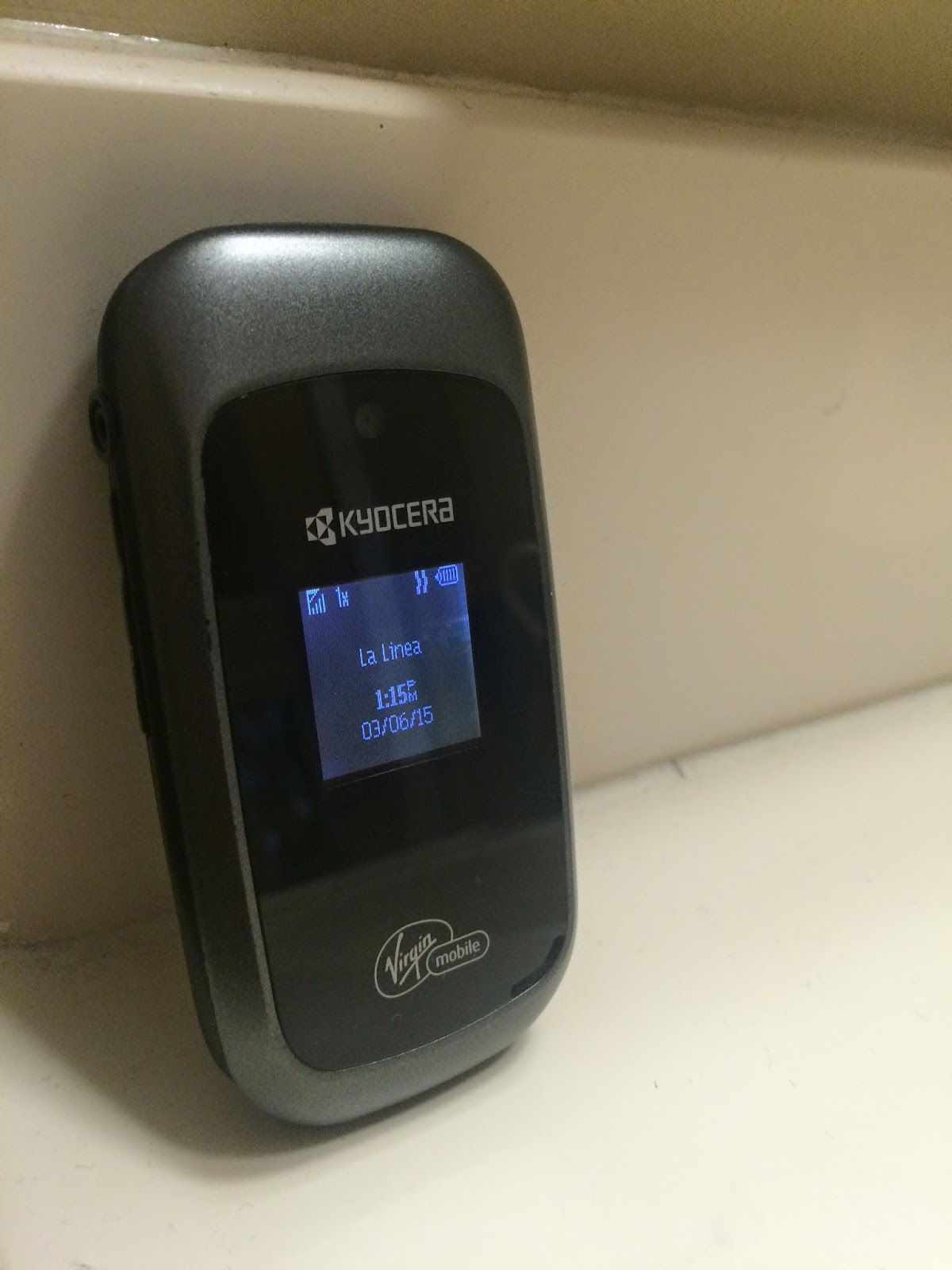CU Immigration TV: Public Access Radio and Television for Community Service Learning
by Ann Abbott When you think of your students doing oral presentations, do you automatically assume that you'll have them prepare PowerPoint slides about a topic, stand at the front of the class, give the presentation to you and the classmates, then maybe quiz them on the content? You don't have to do it that way, you know. As I've written here many times before, it's popular to talk about using authentic language and authentic resources in the language classroom. I'm all for that, too. But I'm also very interested in some things that I don't hear people talk about: Authentic purpose . Giving our students something to do in our courses that is not just a learning exercise, a hoop to jump through. (Which is not to say that our students aren't learning a lot when they do these academic exercises for the purpose of getting a grade. Yes, they do. But they could learn more. Learn differently.) So, for example, one semester my student's final exa...







